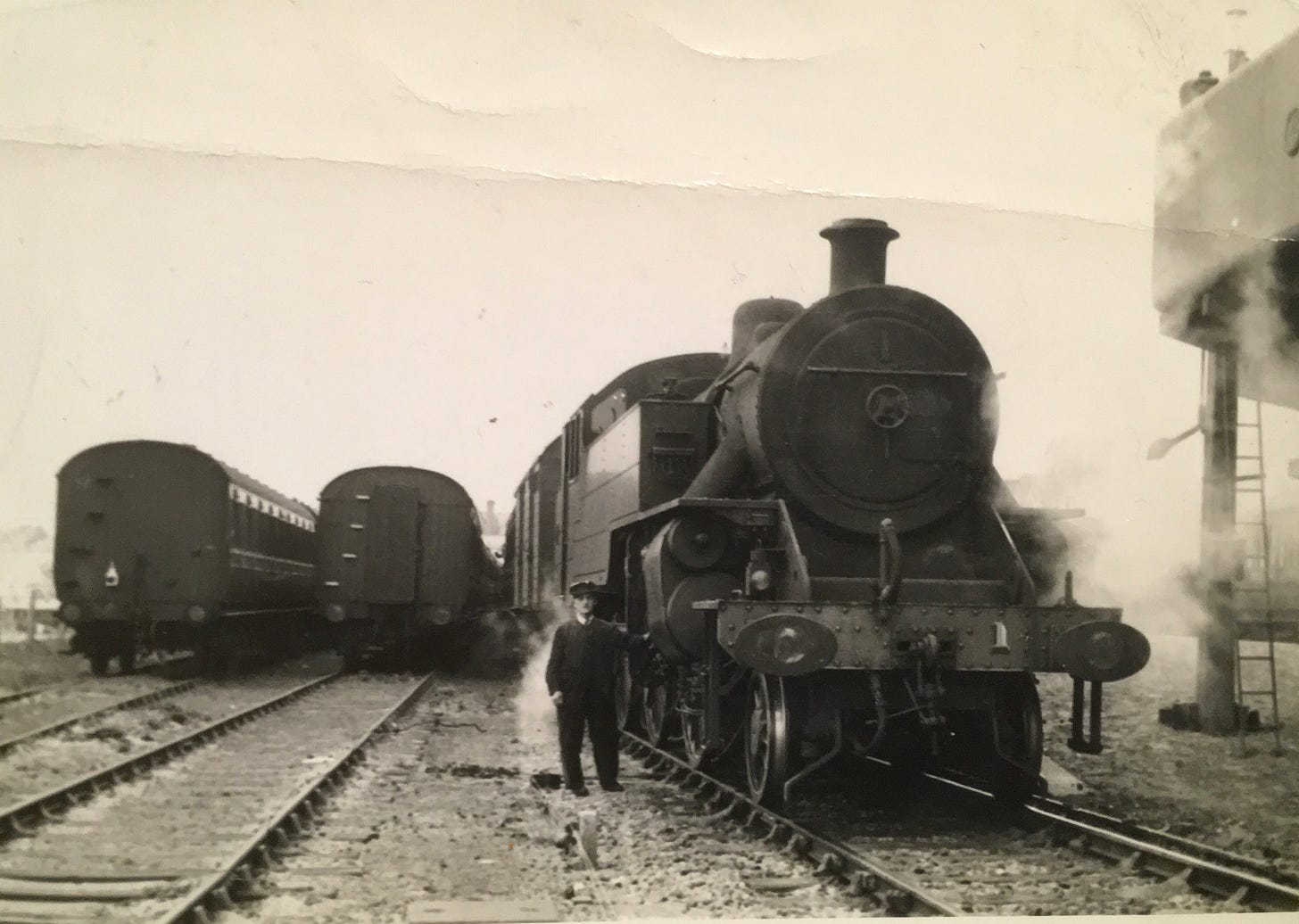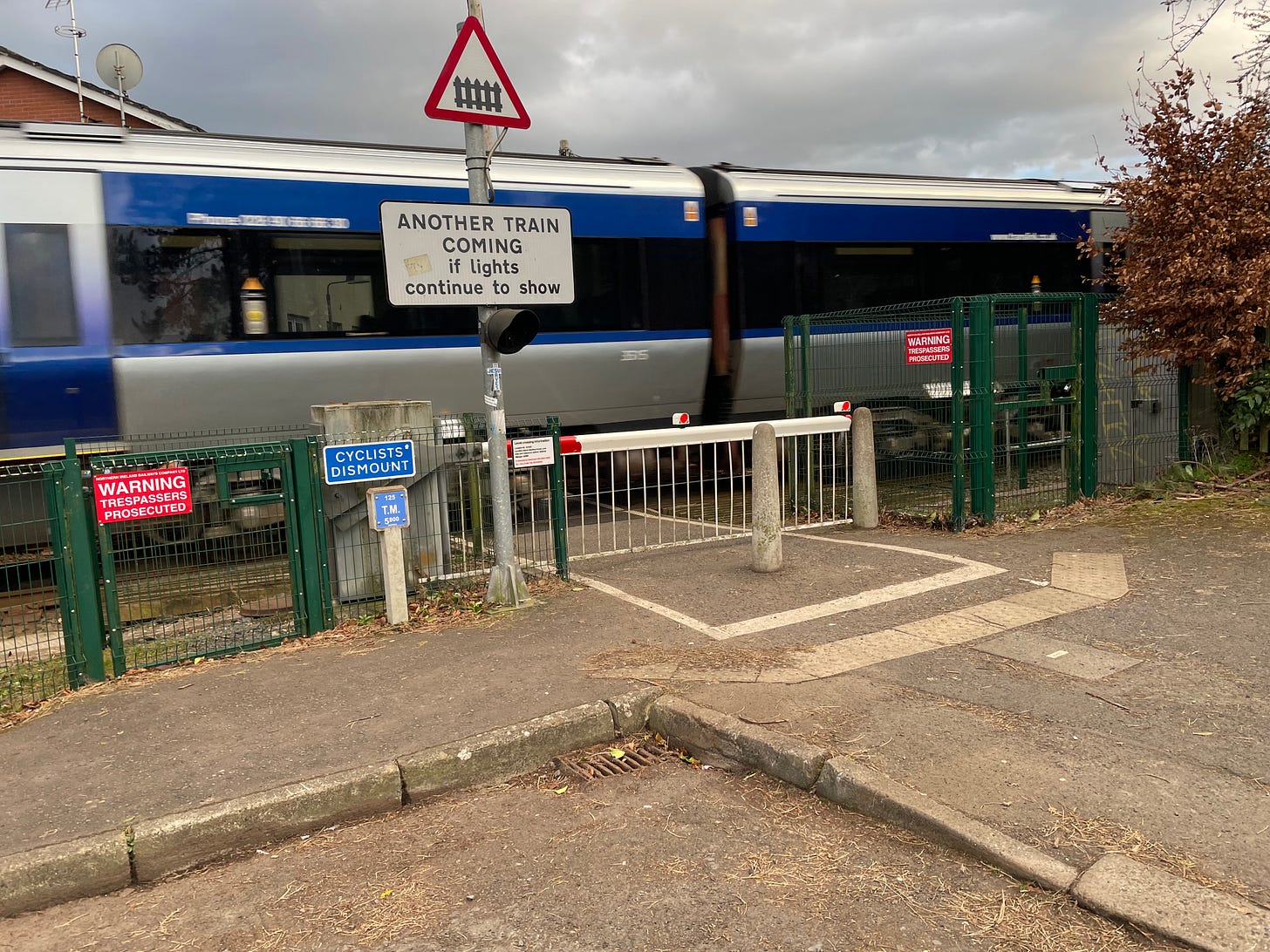It may have been the light from a sunny day at the beach because a glint of something caught my eye and made me pay attention. Glass. I stooped to look closer and picked up a bottle.
Had it been just discarded or washed up? It looked as if it had been buried, brown caked-on sand around its neck, still stoppered.
I could feel the embossment on the body and dusting it down could read the details:
REGISTERED. WJ. BRIGGS. BELFAST and signed WJ.Briggs. But what did it contain?
Holding it up to the light I peered inside hoping to find a roll of paper - a message in a bottle maybe. No such luck, it was quite empty. No hint of or even a trace of whatever liquid it once contained. One thing was sure, it was a glass bottle, dulled by abrasion but clearly vintage.
This would-be beachcomber wanted to learn as much as possible about it.
Questions surfaced. Why was the bottle here? How come? What was nearby? Who left it, an adult or a child? Does the Briggs company still exist? Where was it?
Standing on a shoreline answers to those questions would not be immediately forthcoming and so I took a picture - the one above and returned the bottle to its finding place, tucked in safely so that it wouldn’t cause injury to a child or animal. I’ve used online reverse image searches before and figured that using that technique when I got home might satisfy some of my curiosities. Sharing the picture later, a close family member with a specialist interest in old glass and object biographies berated my decision, “Oh you should have brought it home for me!!!” followed not long after with we’ll have to go back and get it. Well, we could do. More on that later.
The reverse image search, turned up loads of stuff. Who knew? Bottles like this one are indeed vintage. Some even attract good prices on online sales sites. My find appeared to be in better condition than several others I viewed. Helpfully some of the online vendors had done their own research and provided supporting details for their sale items. The Briggs family it transpires were manufacturers of aerated waters and were based in Belfast’s Pine Street from the mid-1880s to the early 1900s. The business appears to have developed through the family line and changed name in the 1970s. My bottle appears to date back to around 1910.
That’s something. How has it managed to survive intact for over 100 years? I think of the history through which it has endured; the bubbled memories of lifetimes though which it has remained hidden.
How has it surfaced? Lara Maiklem in her wonderful book, A Field Guide to Larking (Bloomsbury, 2021) explains in a section titled, The Best Time To Beachlark, that high winds and rough seas can cause movements of sand and drag up hidden objects from the sea floor. We have had plenty of storms and rough seas over the past year so that indeed could be the reason the bottle has found a new hiding place.
Could I recover it? I think so. You see poor substitute as it was for the vintage bottle the photo has at least a modern attribute. Geotagging. When I took the picture on my phone I hadn’t realised it added other data such as latitude and longtitude. So when I click on the information button that accompanies the photo it pulls up a map of where the image was taken.
Spot on! Yes, that’s exactly the place. So next time there I’ll go beachlarking, phone in hand and hope that it’s still there. I would hate to see it on an online auction site.
And I’m also thinking that I’ll bring my own well-stoppered bottle with a note inside to cast on an outgoing tide.


